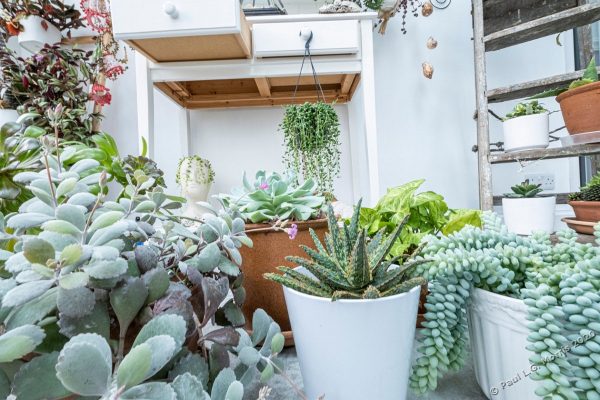This is a technical post showing how I have set up my DIY panorama head for my compact camera: Here is the end result – a close-up indoor panorama with a field of view of about 170 x 56 degrees:
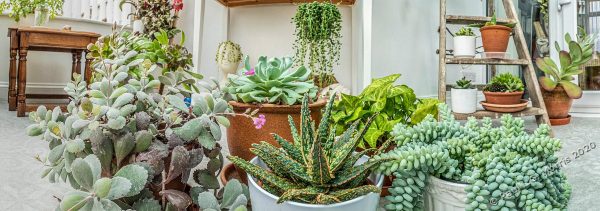
This is the result of stitching 7 images, taken in ‘portrait’ (upright) mode, together. The issue with stitching multiple images together is parallax errors – this is where the background moves in relation to the foreground as you twist the camera around.
To overcome this the camera needs to rotate about somewhere in the middle of the lens – this is known as the nodal point. For distant scenes it is not much of an issue but the closer objects are to the lens, the bigger the problem. If you have the resources you can throw large amounts of money at the problem and buy automatic panorama heads or specialist panorama cameras.
Even if I could afford it, these outfits are too large – I want to get into tight spaces and create close-up panoramas (I call these ‘Nearscapes’) . To overcome these issues I built my own pano head to use with a compact camera.
To start with I show 2 views of the setup I used to calibrate my DIY panorama head:
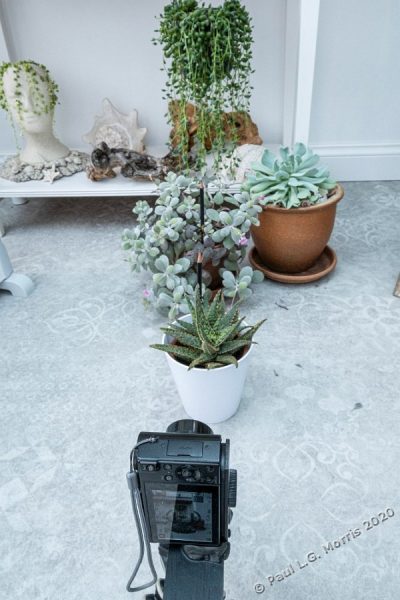
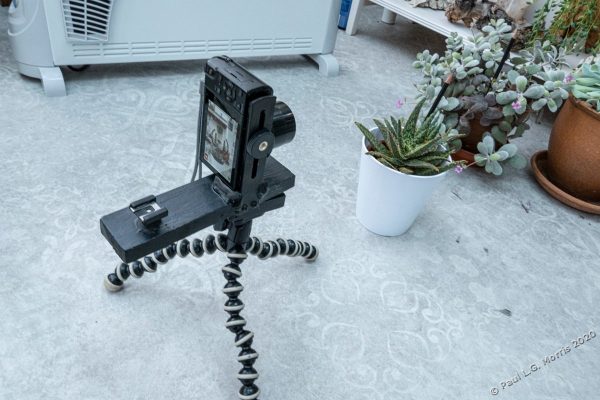
My home-made pano head is constructed from an old flashgun bracket and two pieces of wood. I constructed this a few years ago but needed to re-calibrate it for my current compact camera. You can see a pencil in two of the pots – these are used to check for parallax errors. This needs a trial-and-error approach.
To calibrate, take one photo with the pencils in line on the right side of the frame, swing the camera around and take an image with the pencils on the left of frame. Here are the final results:
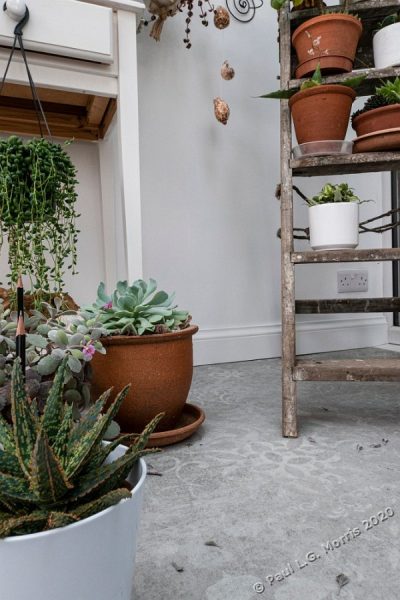
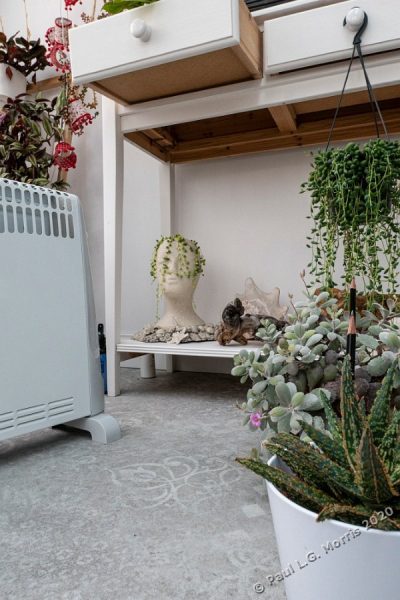
If the pencils don’t line up the same, move the camera backwards or forwards a little and repeat. You can see they are almost perfectly aligned – I couldn’t get them any better but the results look fine. Below shows the set-up for the panorama shown at the top of this post:
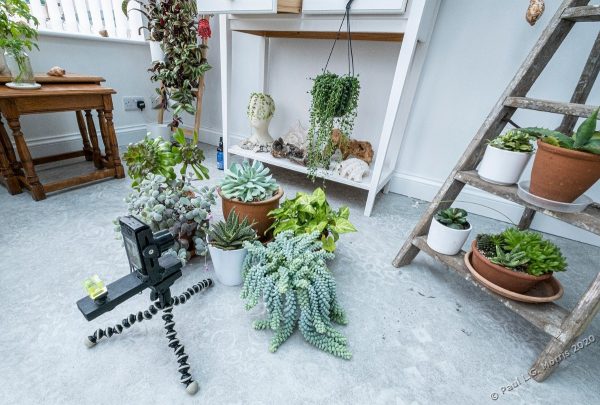
You can see I have incorporated a spirit level to help keep things horizontal. For comparison here is a view taken with a 10mm wide-angle lens (equivalent to 15mm):
